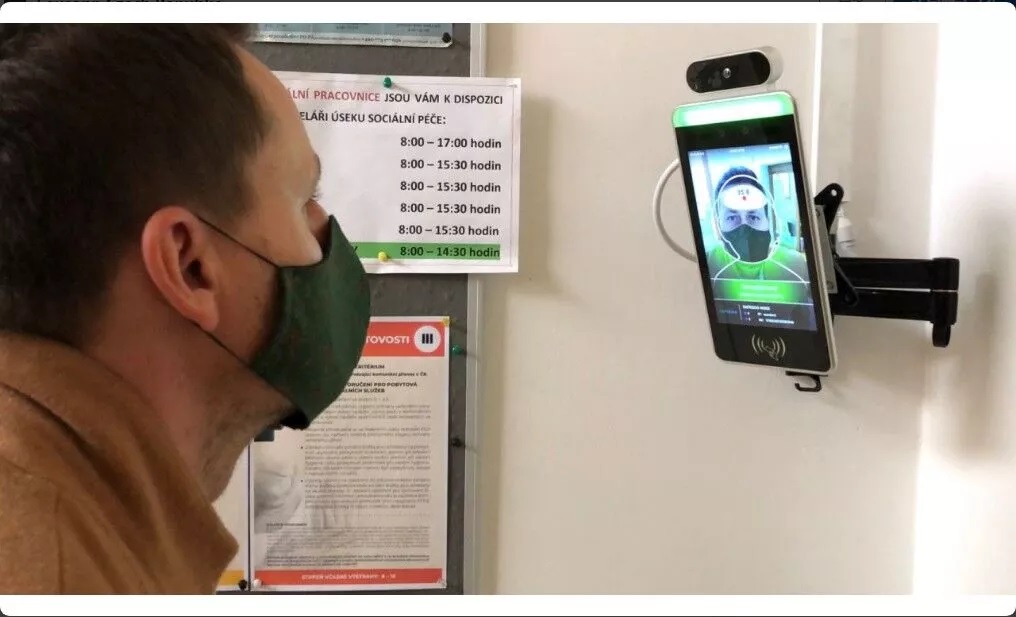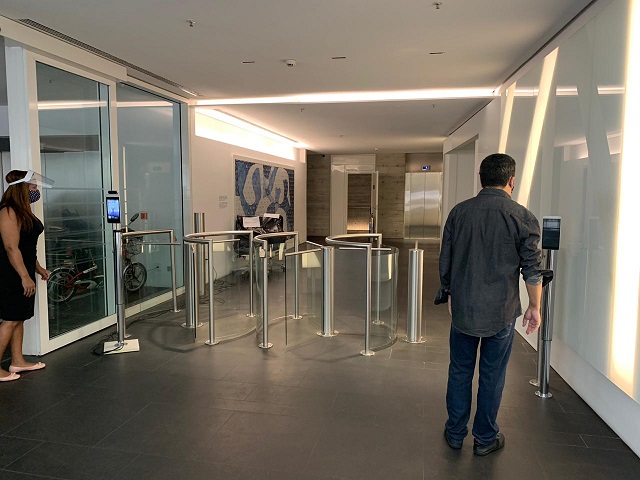Have you ever thought about how Face Recognition differs from Face Detection?
Indeed, in our profession, we have found that face recognition and face detection are two commonly misunderstood terms, which is why they are often used interchangeably. If you do a quick search on Google, you’ll find out what we’re trying to say. In this article, we’ll explain both techniques and give you a general idea of what they entail.
What came first, detection or recognition?
Face recognition has received great attention in recent years, and has been widely recognized as one of the most promising applications in image and video analysis. Face detection is an important part of the face recognition process. Actually, it’s a first step toward face recognition, along with other processes like facial analysis. Face detection systems are based on machine learning and deep learning algorithms, which can be used to identify faces in static or video frames. The process is anonymous – face detection is not used to identify the detected face or faces. Nor does it store any personal identification information. It simply places a bounding box around the faces that it detects to show where in the image or video those faces are located.
What is Face Recognition?
As you probably already know, face recognition is a kind of biometric technology that does more than just detect faces in pictures or videos. It goes a step further to establish whose face it is.
Face recognition systems work by taking an image of a face and predicting if it matches another face or another face in a given database. The technique is designed to compare and predict potential matches of faces regardless of facial expression, hair color, and age.
In recent years, deep learning has achieved great success, with a confidence level of over 99% and a confidence threshold of one in a thousand.
How companies improve their processes with Facial Recognition?
Face recognition is an important tool for people who want to verify their identity and verify their identity. The use of face recognition by financial institutions simplifies the KYC process and provides customers with a frictionless banking experience. Other applications of this technology include payment authentication and access control.
Let’s take a closer look at these applications:
Know Your Customer (KYC)
Banks, insurers, asset managers, and payment service providers are required to abide by stringent anti-fraud and AML legislation. Part of this compliance includes knowing who their clients are, and also determining if the person involved in financial transactions is what they claim to be.
Along with the increasing number of digital and online channels in the financial industry, it is increasingly important to perform KYC remotely. That’s how face recognition works. Through the use of facial recognition software in the KYC process, financial institutions do not require physical presence of their customers to open accounts or carry out high value transactions.
Instead, they can ask customers to send a copy of their identity document along with a selfie to verify their identity during onboarding. Then, the facial recognition software compares the photo in the ID to see if there is a match. The application may also determine whether the selfie was made by an actual person when submitted, or if it is likely to be a spoof (liveness detection).

face recognition for bank
Payment Verification
So far, most people have become accustomed to two-factor authentication for e-payments – whether it’s having to provide a CVV number from a credit card, or having to provide a one-time-only SMS card when making an online purchase, or having to enter a pin code when using a credit card at the point of sale. Thanks to Apple’s Touch ID and Facial ID technologies, people have now become accustomed to using biometric data to authenticate online transactions.
This is a good thing, because the PSD2 Regulation, which will enter into force in September 2019 in the European Economic Area (EEA), calls for two-factor authentication, with biometric data being listed as an authentication option. This implies that more and more PSPs will consider technologies like face recognition to validate payments.
This could be done in a number of ways by PSPs to implement it in practice. For instance, they could allow customers to use Face ID on their smart phones, or install cameras capable of identifying faces at payment terminals in a shop.

Face payment
Whether it’s used to access smart buildings, secure devices and applications, streamline check-in procedures at airports and hotels, or accept attendees to events, facial recognition can improve and accelerate all of these processes. Depending on the use case, it can help improve the user experience, faster processing time, and increased security.
Similar to payment authentication, facial recognition for access control can be implemented with a built-in smartphone function for Face ID, or with facial recognition access control device.

Face Recognition for Access Control
Conclusion
Face detection is one of the most important tasks in computer vision, such as face analysis, face recognition and so on. Face recognition is a more complicated process that begins with face detection and continues to determine if two or more faces match, often for authentication or identification purposes.



